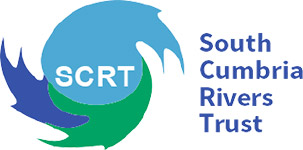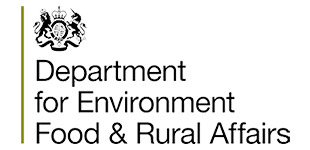Reston Scar – Natural Flood Management
What is it?
Natural Flood Management (NFM) projects are designed to store, slow, and disrupt flows of rivers, becks and on land. NFM strives to emulate natural processes that also maximise conservation benefits, including the use of sustainable materials. The innovative Cumbrian NFM pilot programme was funded by the Department of Food and Rural Agriculture (DEFRA) and administrated by the Environment Agency.





